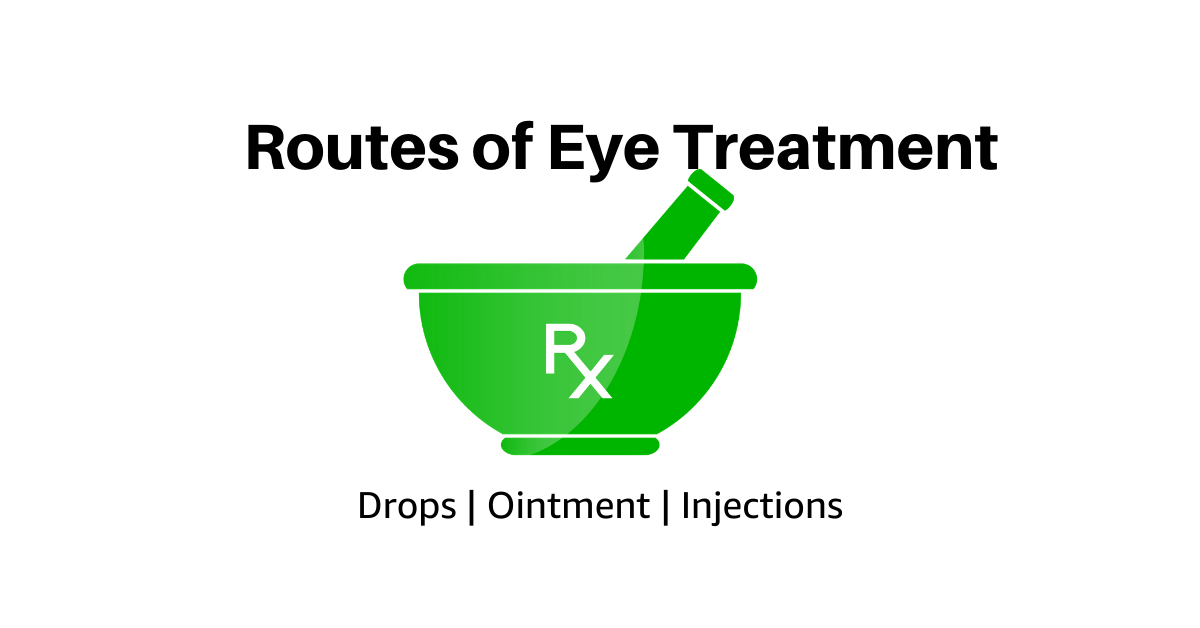There are different routes of drug delivery to treat your eye disease.
Not all parts of the eye can be reached by the same route. Eye drops and ointments applied by patients directly to the eye is the route to get to the cornea, conjunctiva, and sclera, but getting to the retina in the back of the eye requires a different route—an injection.
Intravitreal Injections
Only an intravitreal injection will reach the retina because the retina is part of the brain and is protected by the blood-brain barrier.
Intravitreal means that the injection is into the vitreous of the eye. The vitreous is a clear, colorless, jelly-like substance that fills the space between the lens and the retina. Intravitreal injections of anti-VEGF are placed in the vitreous near the retina to treat wet macular degeneration and diabetic retinopathy.
The injections are done in a doctor’s office and the eye is numbed before the injection. They are a safe and effective way to prevent further vision loss.
Eye Drops
Eye drops are the preferred route of drug delivery to treat eye diseases in the front part of the eye. They are commonly used to treat eye infections, allergies, inflammation, glaucoma, and to provide lubrication for dry eyes.
Eye drops come in solutions and suspensions. In a solution the particle sizes are very small and they completely dissolve in the solvent mixture making a solution clear. Suspensions consist of larger particles that are suspended in a solvent. The larger particles will settle to the bottom so suspensions must be shaken before use to re-suspend the therapeutic particles.
If you are applying more than one drop to an eye, allow the first drop to absorb completely before applying a second drop so the medication doesn’t end up running down your cheek.
Medicated Contact Lenses
For some corneal infections a special type of contact lens or a collagen shield is soaked in antibiotics and placed on the eye.
Ointments
Although ointments are greasy and somewhat difficult to apply they are the preferred eye medication for use on infants and very small children because they stay in the eye longer than eye drops. Ointments are also used for nighttime applications of eye medication so the ointment can cover the eye while you sleep.
Sustained Release Drug Systems
These are biodegradable, implanted devices that supply a slow, steady release of a drug over an extended time to maintain the therapeutic level of the drug to the target area. It is new technology and is available for the treatment of glaucoma, vascular occlusions and diabetic retinopathy.
If you would like to schedule an appointment, please call us (877) 245.2020.
